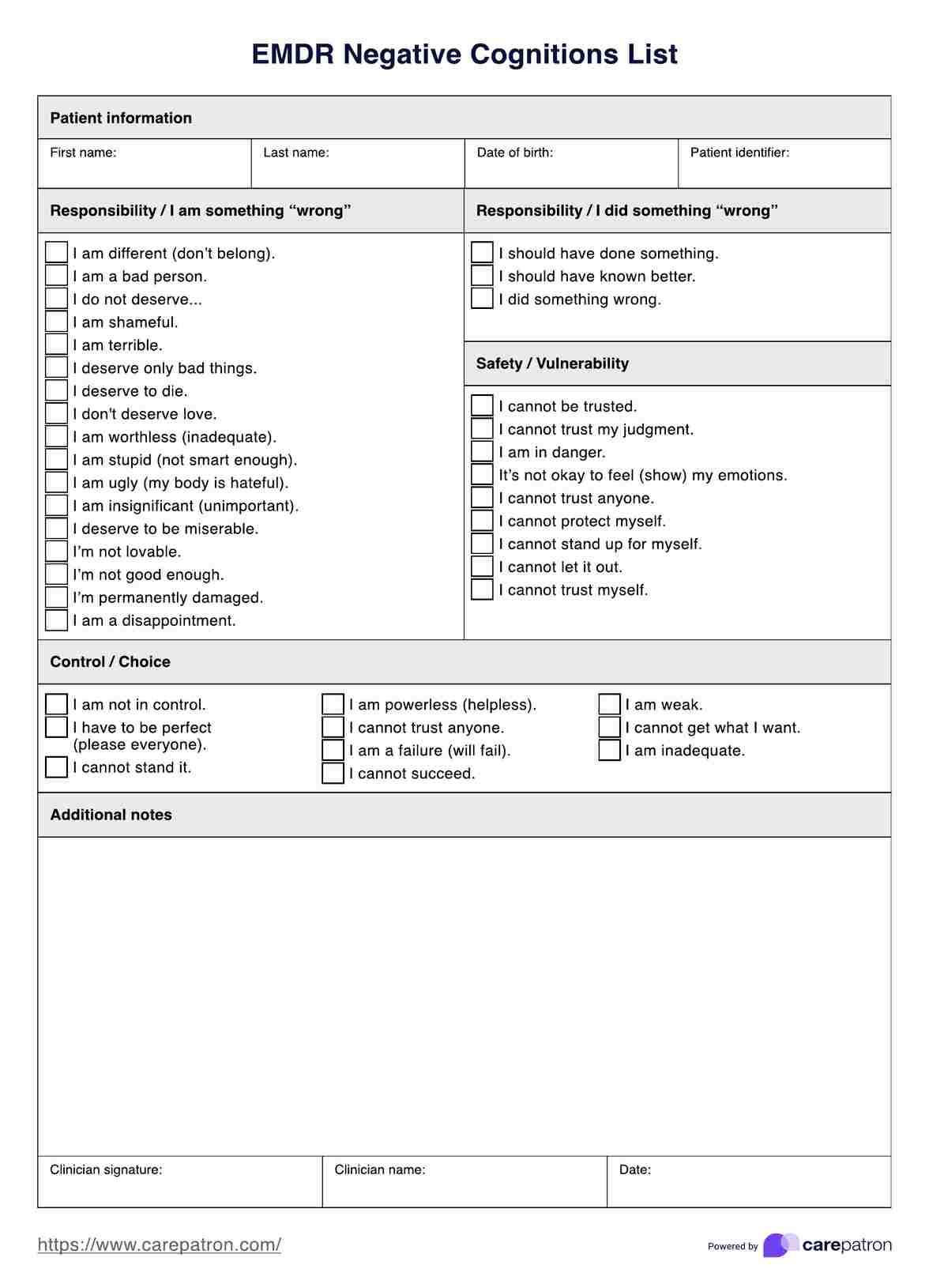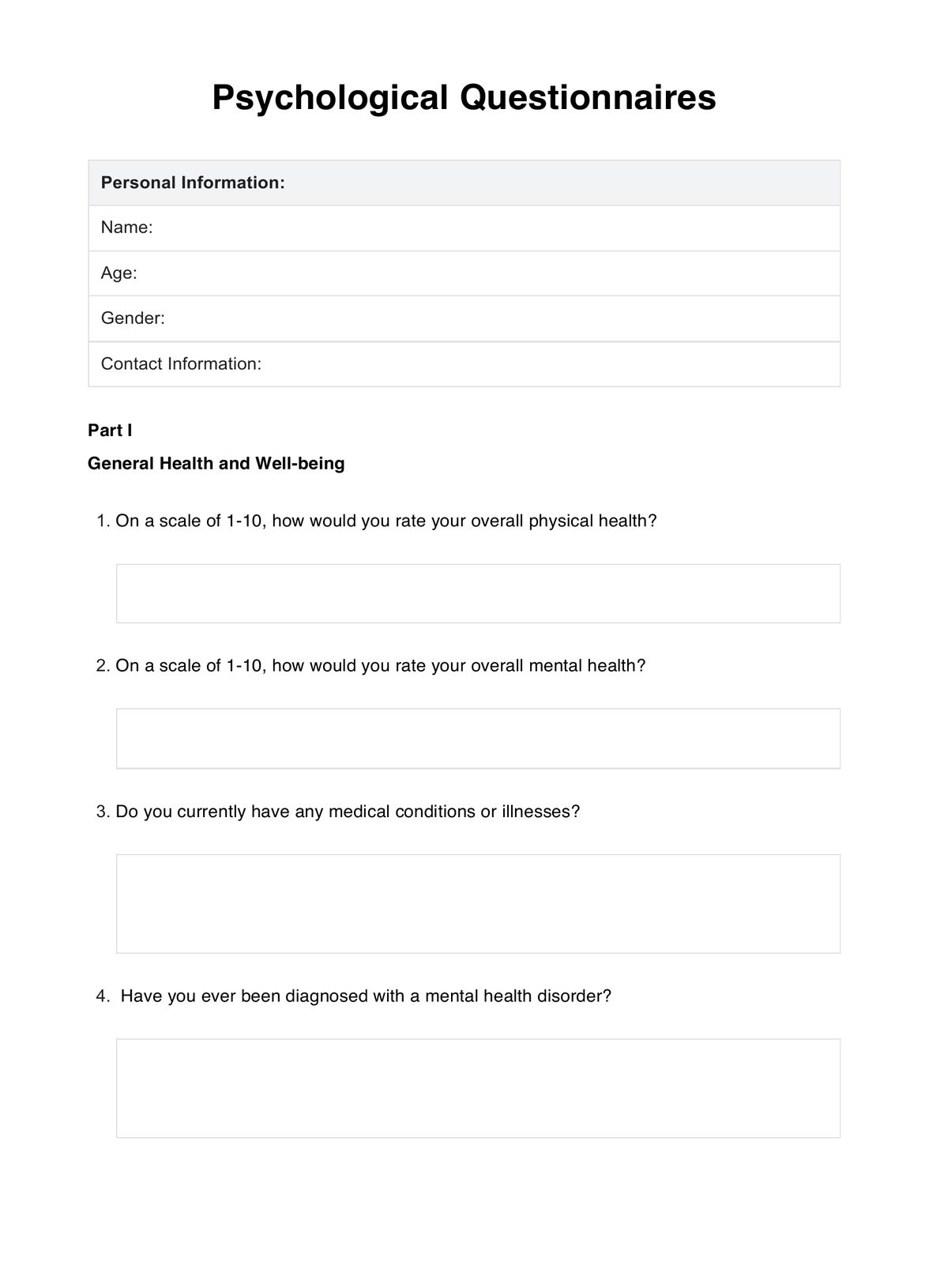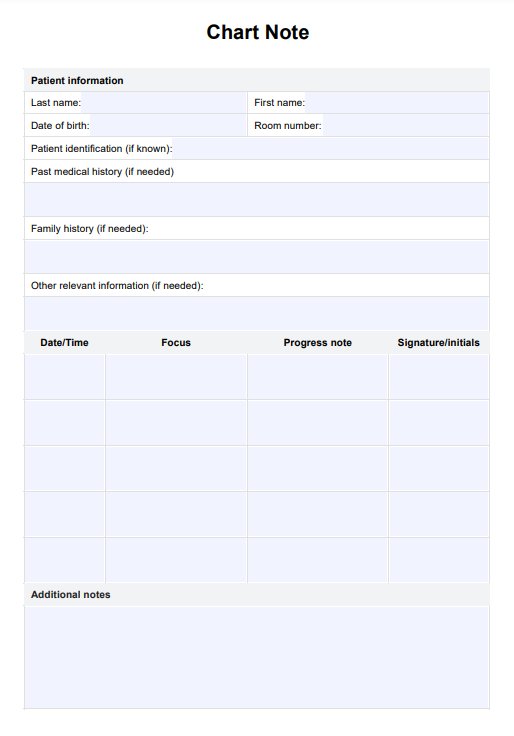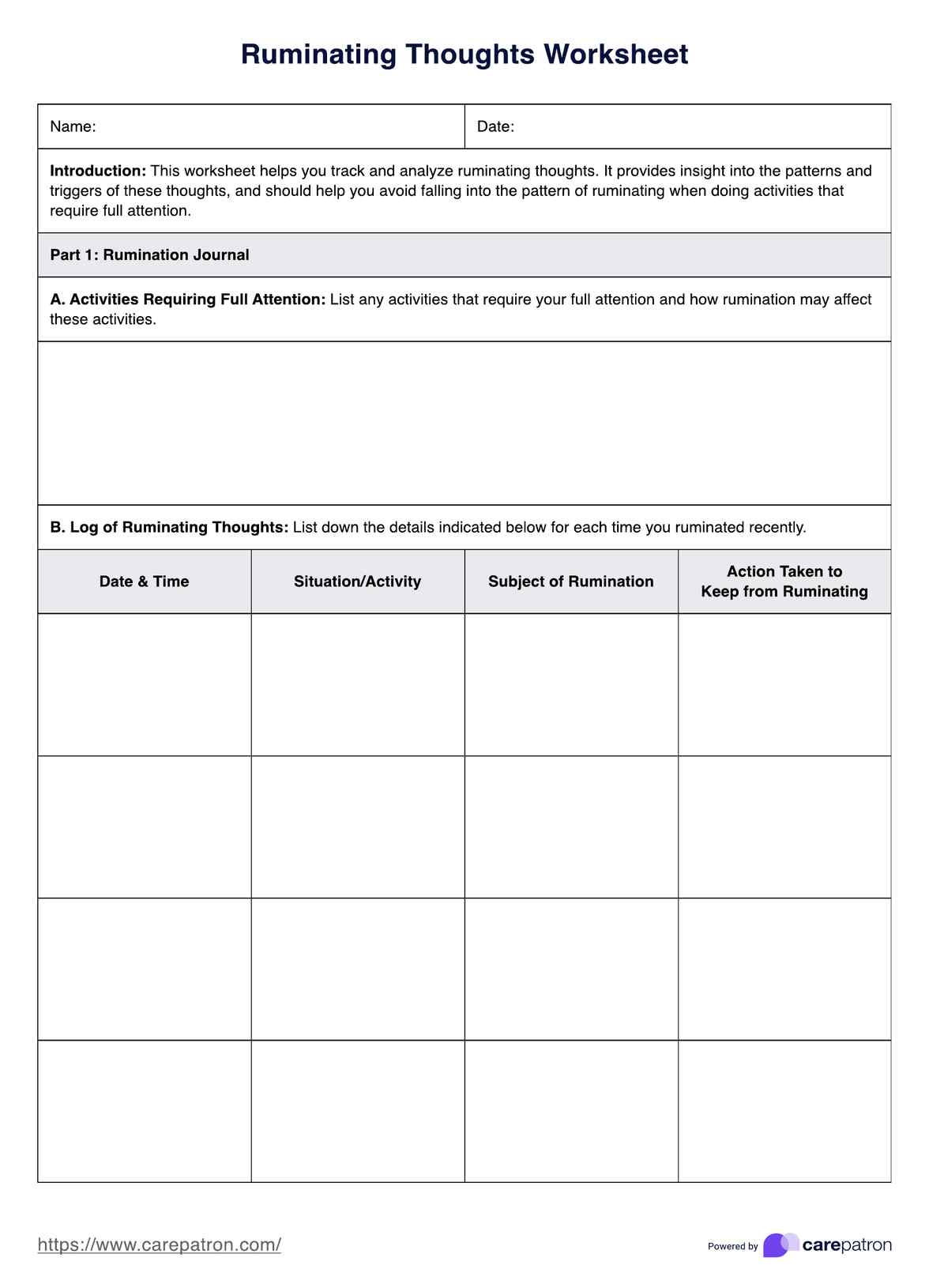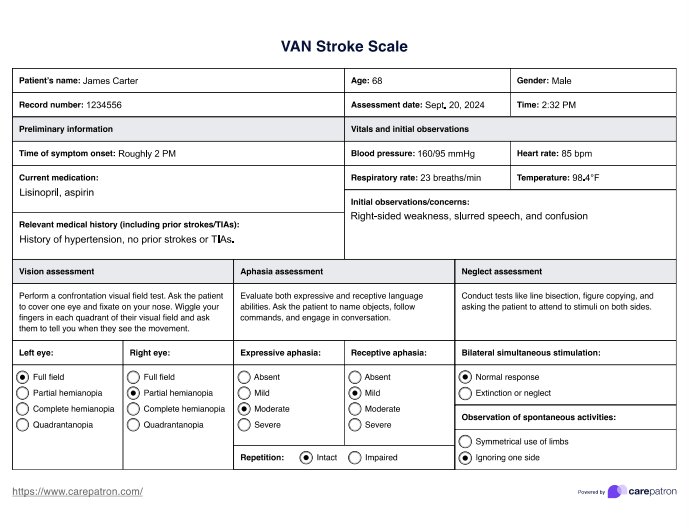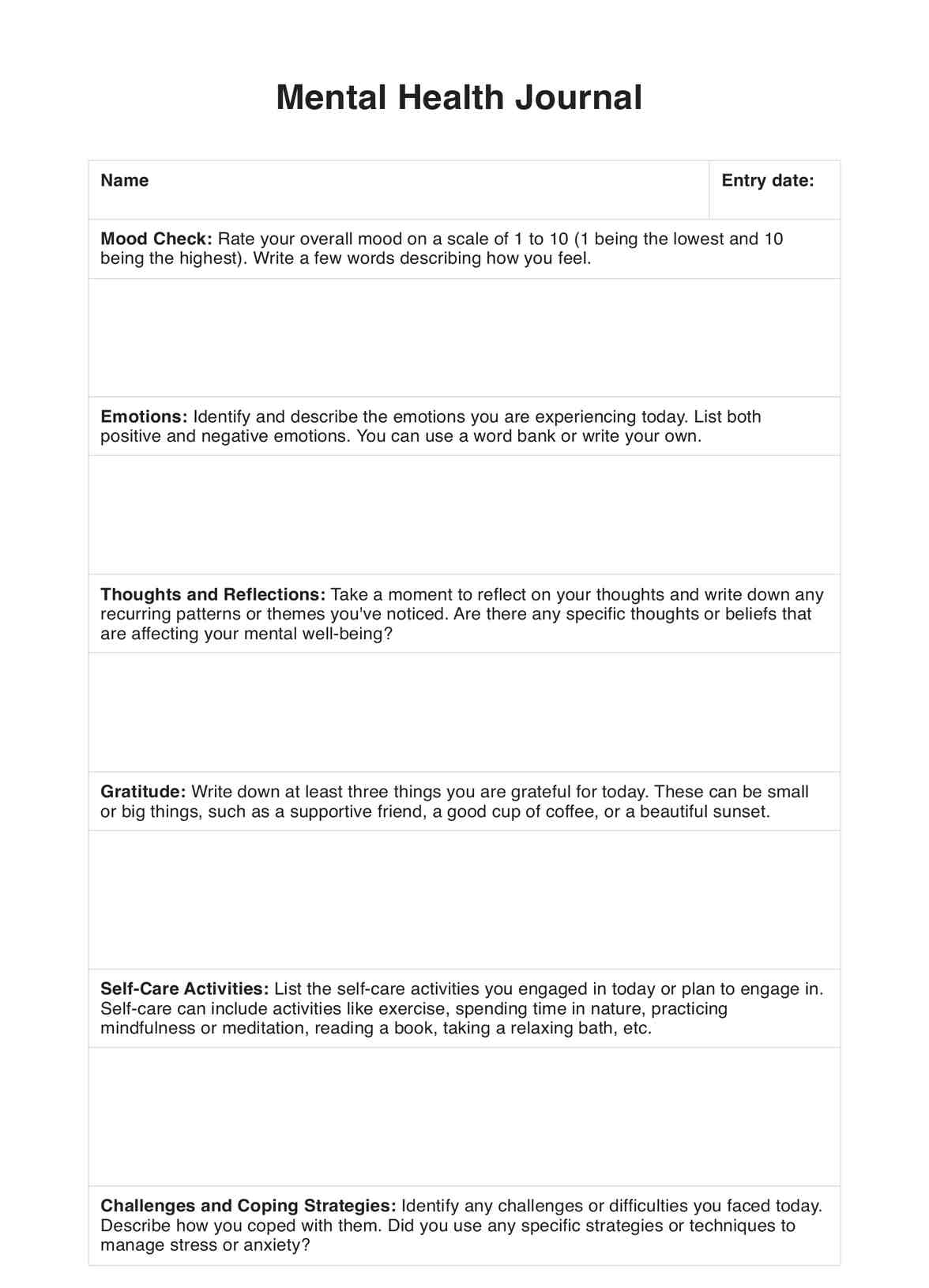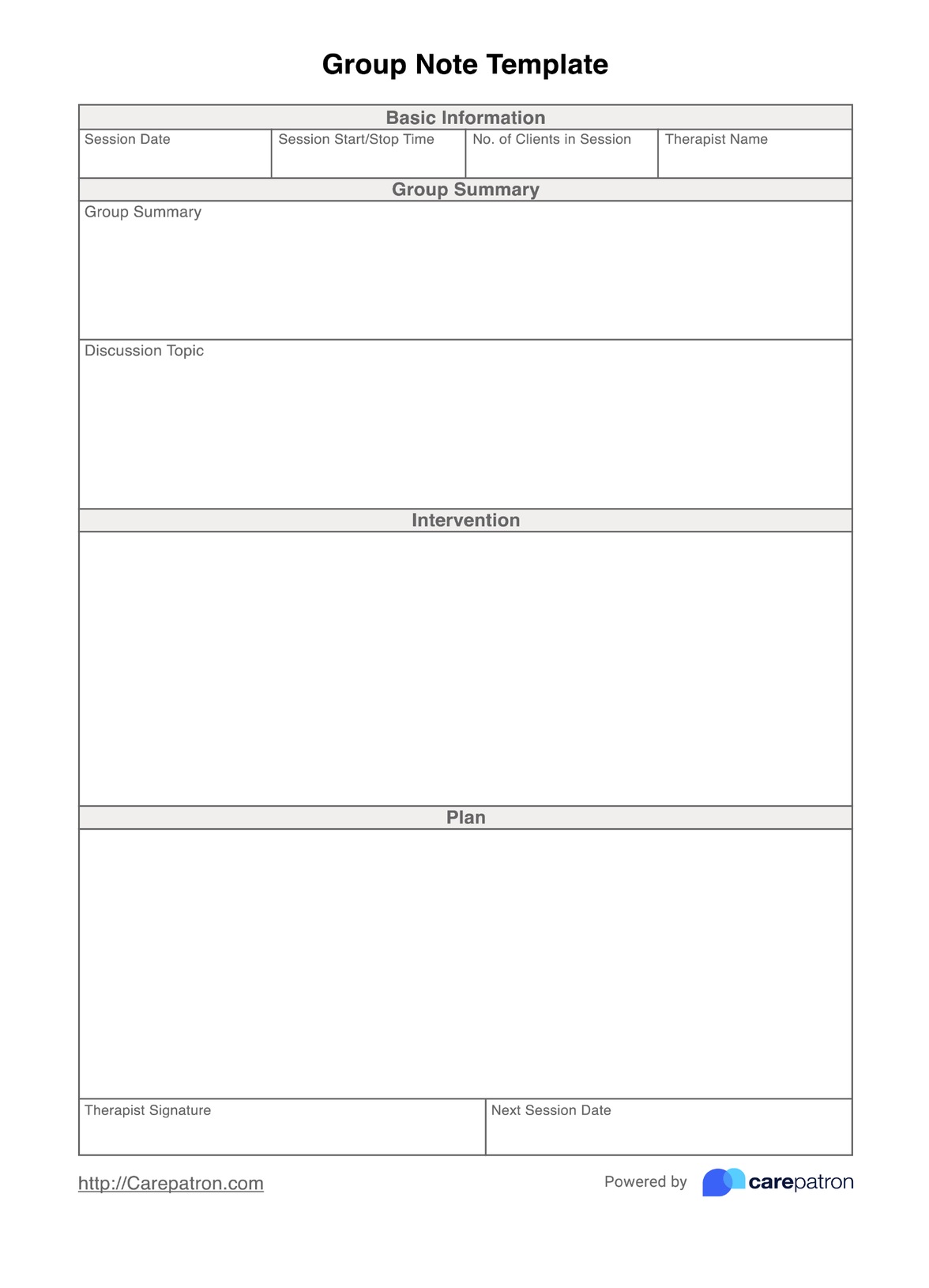Opposite Action Worksheet
Download our Opposite Actions for Difficult Emotions DBT Worksheet to help clients enhance emotional regulation, boost self-awareness, and reduce distress.


What is an Opposite Actions for Difficult Emotions DBT Worksheet?
Emotions drive our behaviors in powerful ways, often without realizing it. An Opposite Actions for Difficult Emotions DBT Worksheet is a therapeutic tool designed to help individuals break the automatic cycle between overwhelming and unhelpful reactions. This practical resource guides clients through the process of identifying difficult emotions, understanding their associated action tendencies, and deliberately choosing to act opposite to these urges when appropriate.
Developed as part of dialectical behavior therapy (DBT), these worksheets provide a concrete framework for practicing one of the most effective emotion regulation strategies in contemporary psychotherapy approaches.
When emotions don't effectively serve a person, the worksheet outlines potential opposite actions tailored to specific emotions. For instance, when someone experiences intense anxiety about public speaking, their natural urge might be avoidance. The worksheet would guide them in identifying this emotion-action link and then plan specific ways to approach the situation rather than avoid it.
Similarly, when people feel fear related to social interaction, the opposite action might involve gradually engaging with others while using grounding techniques to manage physical symptoms of fear. It transforms abstract concepts into concrete steps, making the DBT skill more accessible and actionable to develop interpersonal effectiveness and reduce distress.
Opposite Action Worksheet Template
Opposite Action Worksheet Example
How to use the DBT opposite action worksheet PDF
Opposite action represents one of the most powerful emotion regulation strategies within dialectical behavior therapy. It offers clients a concrete method to change emotional patterns that cause distress. The following steps can guide you in helping clients use this emotional management tool:
Step 1: Download the worksheet
From the template preview, click "Download" to download a PDF copy of the file. Before printing or editing the tool, click "Use template" to access and edit it within the Carepatron platform.
Step 2: Guide clients in understanding their emotions
When introducing the worksheet, help clients identify a difficult emotion they regularly experience, encouraging precision beyond general terms like "bad" or "upset." This identification process should include recognizing physical sensations, thoughts, and the urge to act in particular ways.
Step 3: Develop and implement opposite action plans
Work collaboratively to develop specific, actionable opposite behaviors that directly counter the client's emotional urges. For instance, if a client experiences anxiety about public speaking that triggers avoidance, their opposite action plan might include volunteering for small speaking opportunities with graduated exposure.
Step 4: Monitor progress and refine the approach
Establish a consistent review process to evaluate the effectiveness of opposite action implementation, tracking changes in emotional intensity and behavioral responses over time. During follow-up sessions, examine completed worksheets and validate successes while problem-solving challenges.
When would you use this DBT opposite action PDF?
Understanding when to use this resource enhances its therapeutic impact and ensures it aligns with clients' specific needs.
For clients experiencing challenging emotions
Emotions serve adaptive functions when they fit the facts of a situation. However, when emotions persist at intensities that no longer serve their original purpose, they often drive maladaptive behaviors. For example, a client might experience intense anxiety about attending social gatherings with familiar people despite having had positive experiences at similar events in the past. In such cases, the worksheet provides a structured pathway for identifying the mismatch between emotional intensity and situational reality and developing concrete strategies to counter unhelpful anxiety-driven avoidance behaviors.
During the skills acquisition phase of treatment
Introducing the opposite action worksheet during the early to middle phases of treatment supports comprehensive skills development. The worksheet's step-by-step format makes abstract concepts tangible, helping clients conceptualize the connection between emotions and behaviors while providing a concrete framework for practicing new response patterns.
When targeting specific recurring emotional patterns
For clients who consistently struggle and seek support with particular emotional responses, such as sadness, shame-driven isolation, fear-based avoidance, or anger-fueled aggression, the opposite action worksheet offers targeted intervention. The worksheet disrupts this automatic cycle by introducing deliberate analysis and alternative behavioral options.
Benefits of using the Opposite Actions for Difficult Emotions DBT Worksheet
The free Opposite Actions for Difficult Emotions DBT Worksheet is more than a tool. It's a pathway to enhanced emotional well-being. Let's delve into some of the key benefits that this invaluable resource offers:
Enhanced emotional regulation
Our free Opposite Actions for Difficult Emotions DBT Worksheet guides clients through acting against unhelpful emotional urges, thus fostering better control over their emotions. This ability to regulate emotions effectively can significantly improve interpersonal relationships and overall quality of life.
Improved self-awareness
Self-awareness is an essential component of emotional intelligence. This worksheet helps clients enrich self-awareness by prompting them to identify and comprehend their emotional responses and urges. With improved self-awareness, they gain a deeper understanding of their emotions, making it easier to manage them effectively.
Reduced emotional distress
This worksheet promotes healthier responses to intense emotions, which can result in reduced emotional distress. The free Opposite Actions for Difficult Emotions DBT Worksheet can enhance overall mental well-being, distress tolerance, and resilience by offering a structured strategy to manage emotional triggers.
Commonly asked questions
The time it takes can vary depending on the individual, but generally, it should take about 20-30 minutes.
This worksheet can help individuals manage intense emotions more effectively, reduce emotional distress, and improve self-awareness and emotional regulation skills.
This worksheet is most effective when used during intense, overwhelming emotions causing distress or leading to unhelpful actions.
This worksheet can be used by anyone. While individuals in DBT therapy often use it, it can also be helpful for anyone looking to improve their emotional regulation skills.


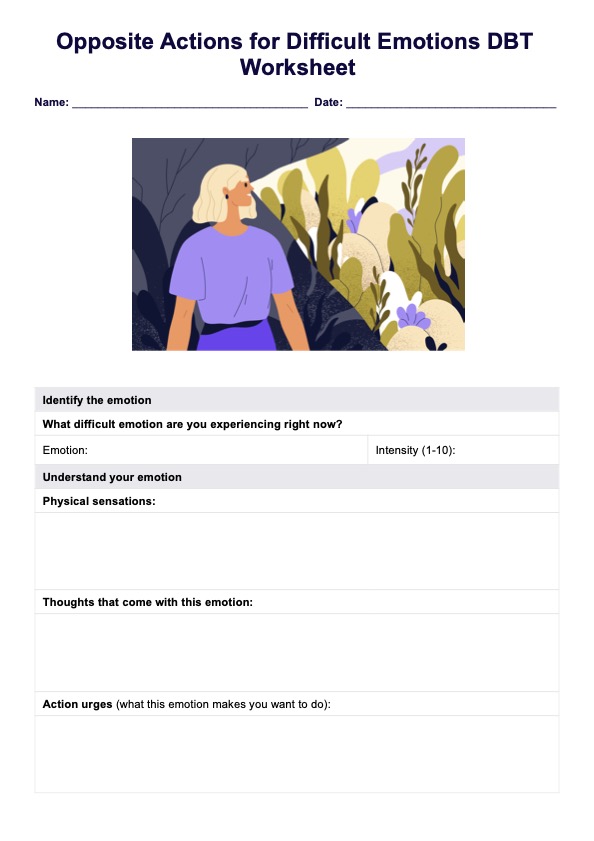
















-template.jpg)





















































































